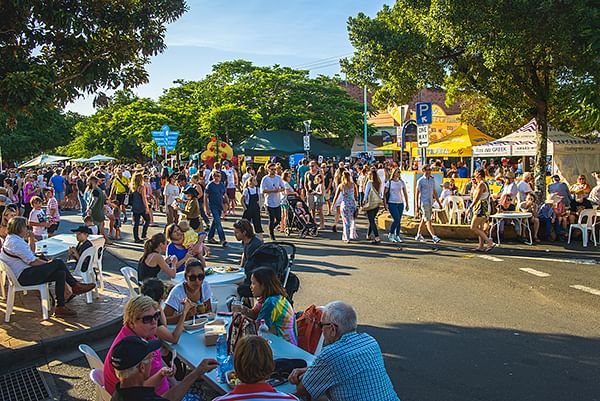
The population of the Lismore Local Government Area is forecast to grow by 13.57 percent to 51,023 over the next two decades, according to research commissioned by Lismore City Council.
The research by respected demographic forecaster .id (Informed Decisions) predicts the LGA will experience annual growth of 0.6 percent to 2041, adding another 6000 people to the population.
This reverses the recent trend of a declining population.
The company has created small area forecasts for more than 130 councils across Australia and New Zealand, including Tweed, Kyogle, Clarence Valley, Ballina and Coffs Harbour.
Council’s Director of Partnerships, Planning & Engagement Eber Butron said Council commissioned the company so it could gain a greater understanding of population and demographic shifts to better deliver services to the community.
“One thing that stands out in this research is the importance of high-quality facilities like the Lismore Base Hospital and Southern Cross University, as well as our unique environment, as population drivers for Lismore LGA,” he said.
Lismore is predicted to need another 3105 dwellings to meet the population demand by 2041, however the type of housing is likely to change. Lone person households will continue to grow, increasing from 5218 in 2016 to over 6500 by 2041 which would be 30.4 percent of all households.
“As the average household size declines and the number of people living alone increases, Lismore will need smaller, medium-density development close to town and health services,” Mr Butron said.
One of the key drivers of this change is Lismore’s ageing population with the number of people in the 70 to 84-year-old age brackets predicted to increase by 2573 in the next decade.
The report found that Lismore has historically attracted residents from overseas, Sydney and the Mid North Coast, while losing some of its population to South-East Queensland. Within the Northern Rivers there is a net positive migration from Byron Bay and Kyogle and a loss of population to Ballina and Tweed.
Within the Northern Rivers, it predicts Lismore will have net positive migration with people moving to Lismore from Byron Bay, Kyogle, Clarence Valley and the mid-North Coast, with net negative migration to Ballina and Tweed.
Interestingly, .id found that while the Lismore LGA’s population had been declining since 2010, the number of Development Approvals for new residential blocks and dwellings has been increasing.
This has been driven by the increase in ‘greenfield’ developments in suburbs such as Goonellabah and more rural residential developments in Richmond Hill, Bexhill and Nimbin.
Mirroring other regional areas, the report found that in net terms Lismore attracts families with young children aged up to about 15 years old. Younger people then tend to move away for work and lifestyle reasons, then return from their late 20s before moving away again when they retire.
The full report can be accessed at








